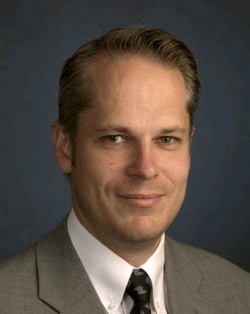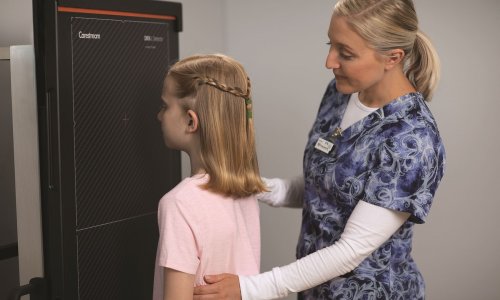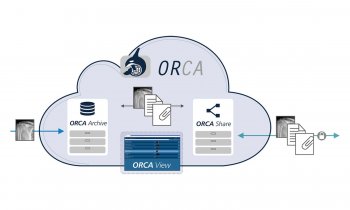Sharing radiological data
When thinking about sharing radiological data within a multi-site center or even within a region, the initial question that arises always sounds the same: How should we cross-link all the data from the existing PACS solutions without going bankrupt? Because drawing a line and installing new systems all over the site in most of the cases is simply not affordable. On the other hand, the communication between the systems from different vendors is sub-optimal which can make the image exchange quite bumpy.
Meike Lerner reports

With its SuperPACS architecture Carestream Health claimed to overcome this problem by building a kind of roof that brings together all PACS systems by creating a global worklist. Doing so the barriers between the single solutions vanished and a seamless data exchange can take place. “Our motto is: Do not throw anything away – utilize what you have”, said Ulf Andersson, Director of Marketing & Business Development North Europe Region during this years´ ECR. Following this way the Carestream of course is XDS (Cross Data Sharing) compliant, a technology that functions like a traditional library (registry and book shelfs).
“XDS is a IHE standard to share data across large enterprises, with special regard to the distribution of stored data. Our new strategy makes it possible literally to start a query and get the information about where the required data can be found. It tells you: The CT data from patient x is located in site y and the X-ray from the private practitioner can be found on platform z,” Andersson describes the process that normally would end just by finding the data. “And this where the SuperPACS architecture comes in, because it is the logic continuation of this process. Our technology gives the user not only the information about where the data is but can move it through the SuperPACS very fast across the enterprise. Depending on the demands, this happens via tunneling which enables a user to query data from any node and have data automatically routed from any location to this node, via smart routing that ensures that images are automatically retrieved from the best available location and routed via the optimal way or with streaming technology that is seamlessly activated when required.”, Andersson adds.
Utilizing existing data is also the buzzword regarding cloud computing offered in eHealth Managed Services by the company. Andersson: “Here again the driver behind the technology is cost effectiveness. In former times the decision for a new PACS or RIS was connected to a huge investment. Today, hospitals buy services tailor made for their individual requirements. At the beginning, there was a lot of skepticism because of data security etc. But now we feel that hospitals change their attitude and learn to trust cloud concepts. The advantages of expanding or reducing services are in the forefront. Consequently the principle is transferred to clinical applications like 3D-rendering. Instead of buying a software, hospitals buy a 3D-rendering function for application and only pay for what they use. The idea of this service of course goes far beyond a simple financing model – it is a business strategy.”
And another innovation perfectly fits into this strategy: At the moment Carestream Health rolls out its new RIS which is a completely web based solution and therefore a totally new approach that might start a small revolution in the radiology department.
20.04.2011
- cloud technology (38)
- data management (585)
- interoperability (70)
- PACS (176)
- RIS (62)
- security (456)
- standardisation (54)
- telemedicine (272)
- teleradiology (87)











